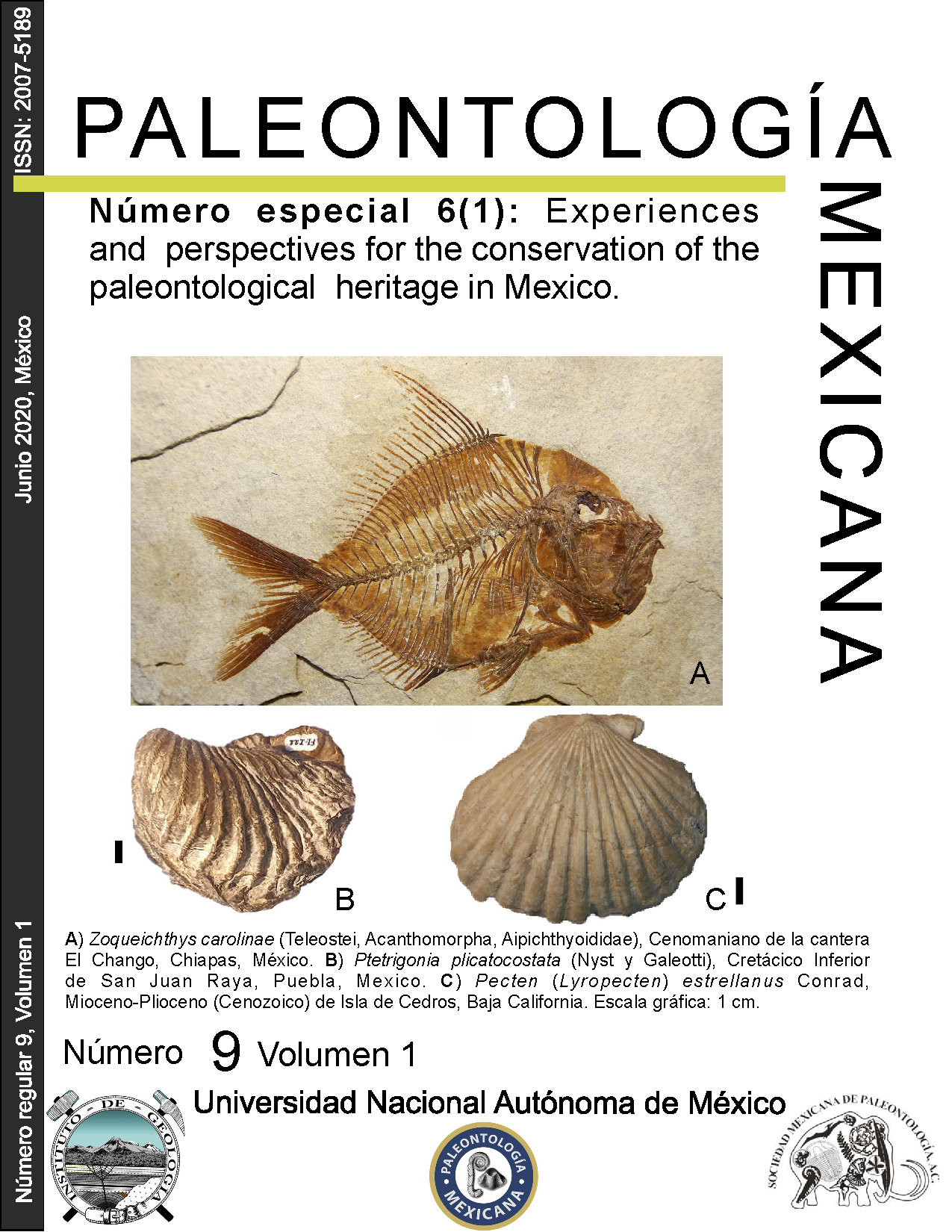Mexico has a great richness in paleobiodiversity. For this reason, in the last decades, a series of legal regulations have been established for its research, conservation, and outreach. These are approved by the INAH's Paleontology Council, which is the federal government agency that has trusted with these tasks, in coordination with researchers established at universities and research centers in the country. In 2017, the activities of the Paleontology Council were restarted. One of its agreements was to promote the publication of research results, exchange of experiences, and proposals to strengthen the debate to improve the protection of paleontological heritage in the country. This is the first compilation relating to this discussion.
DOI: https://doi.org/10.22201/igl.05437652e.2020.9.1
Published: 2020-06-14
